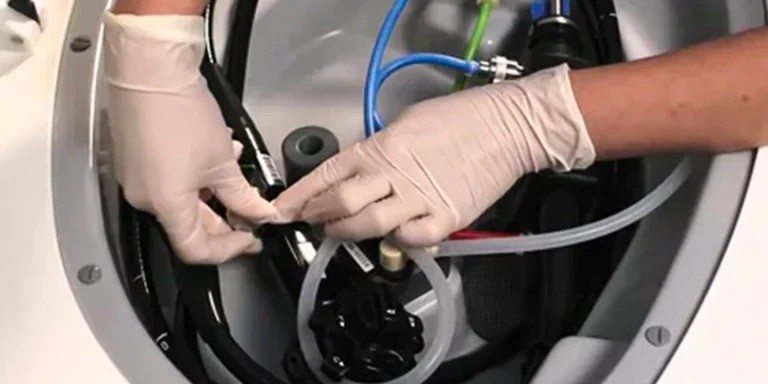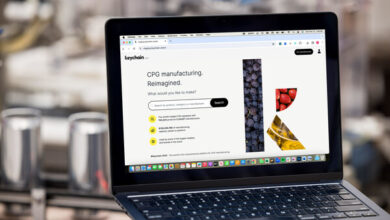Exploring the Key Components and Applications of Light Guide Bundles in Endoscopy

Endoscopy has revolutionized the medical field by providing non-invasive diagnostic procedures. A crucial part of this advancement is the use of light guide bundles. These optical fiber bundles are indispensable in transmitting light into the human body during an endoscopic procedure, allowing doctors to examine internal organs with precision. In this article, we delve into the components and applications of light guide bundles and their importance in modern endoscopy.
What Are Light Guide Bundles and How Do They Work?
Light guide bundles consist of tightly packed optical fibers designed to transmit light efficiently. Each fiber in the bundle has two essential parts: the core, which carries the light, and the cladding, which surrounds the core to keep the light within it through total internal reflection. This structure allows light to travel through the fibers and illuminate the area being examined during endoscopy. Without proper illumination, doctors would not be able to see the detailed structures within the body.
These bundles are connected to a light source, typically at the proximal end of the endoscope. The light is then guided through the flexible fibers, illuminating the target area while allowing for clear imaging. Light guide bundles are crucial for providing the right amount of illumination without overheating or damaging the surrounding tissues.
Applications of Light Guide Bundles in Endoscopy
Light guide bundles are extensively used in various forms of endoscopy. Their role extends across multiple medical fields, from gastroenterology to pulmonology and urology. Below, we examine a few key endoscopy procedures that rely on light guide bundles for effective diagnosis and treatment.
Gastrointestinal Endoscopy
Gastrointestinal (GI) endoscopy is one of the most common uses of light guide bundles. Whether performing an esophagogastroduodenoscopy (EGD) or a colonoscopy, light is essential to illuminate the digestive tract. Light guide bundles in these procedures ensure the interior of the esophagus, stomach, or colon is well-lit, allowing for a thorough inspection of tissues for any abnormalities like ulcers or polyps.
Bronchoscopy
In bronchoscopy, which is the endoscopic examination of the airways and lungs, light guide bundles provide necessary illumination. This allows doctors to inspect the respiratory tract and identify issues such as infections, blockages, or tumors. Without adequate light, it would be nearly impossible to detect subtle issues within the complex and narrow structure of the lungs.
Ureteroscopy
Endoscopy isn’t limited to the gastrointestinal and respiratory systems. It’s also highly valuable in urology. Ureteroscopy, a procedure used to examine the ureters and kidneys, relies heavily on light guide bundles. This procedure helps detect and treat kidney stones, tumors, or other conditions that affect the urinary tract. With the illumination from the light guide bundles, doctors can precisely locate and address the issue.
Advantages of Light Guide Bundles in Endoscopic Procedures
Light guide bundles are advantageous because of their flexibility, durability, and efficiency in transmitting light. They allow for high-resolution imaging, which is critical in minimally invasive procedures. Let’s take a closer look at some of these advantages:
Flexibility and Maneuverability
The flexibility of light guide bundles makes them an excellent choice for endoscopic procedures, as they can be bent and twisted without breaking. This flexibility allows the endoscope to navigate through the winding pathways of the human body, such as the gastrointestinal tract or respiratory system.
High-Quality Illumination
Light guide bundles provide high-quality illumination without generating excess heat. This is particularly important for delicate tissues, as overheating could cause damage during procedures. The consistent and bright light transmitted through these bundles ensures clear visibility, allowing doctors to make accurate diagnoses.
Longevity and Durability
Modern light guide bundles are designed to withstand the rigors of repeated use. This durability ensures that they remain functional over extended periods, making them a cost-effective solution for hospitals and clinics.
How Light Guide Bundles Enhance Patient Safety and Comfort
Endoscopic procedures are generally safer and more comfortable for patients when light guide bundles are used. The bright, controlled light emitted allows for shorter procedure times and greater precision. This reduces the risks associated with prolonged exposure to anesthesia and minimizes the possibility of tissue damage or complications during surgery.
Moreover, the non-invasive nature of endoscopy reduces recovery time for patients compared to traditional surgical methods. Light guide bundles play a crucial role in making these procedures less traumatic and more efficient, contributing to faster diagnoses and better overall outcomes.
FAQs
Q1: How do light guide bundles contribute to the clarity of endoscopic images?
A: Light guide bundles transmit bright, consistent light, which helps in capturing clear and detailed images during endoscopy. This clarity allows doctors to accurately examine tissues and detect abnormalities.
Q2: Are light guide bundles reusable in endoscopic procedures?
A: Yes, light guide bundles are designed to be durable and reusable. Proper cleaning and sterilization ensure they can be safely used for multiple procedures without compromising quality or patient safety.
Q3: Can light guide bundles be customized for specific medical applications?
A: Yes, light guide bundles can be tailored for different types of endoscopes and medical procedures. The number of fibers, length, and flexibility can be adjusted to meet the specific needs of various endoscopic applications.
Q4: What makes light guide bundles more efficient than traditional lighting in endoscopy?
A: Unlike traditional lighting systems, light guide bundles transmit light through flexible fibers, allowing for better maneuverability within the body. They also offer brighter, more focused light without generating excess heat, making them safer for patients.
Q5: Do light guide bundles affect the duration of endoscopic procedures?
A: Light guide bundles can reduce procedure times by improving visibility and allowing doctors to work more efficiently. Their high-quality illumination ensures that abnormalities are quickly identified, reducing the need for prolonged examinations.
Conclusion
The integration of light guide bundles into endoscopy has transformed the medical field, enabling non-invasive and highly precise diagnostic and therapeutic procedures. From gastrointestinal endoscopy to bronchoscopy and ureteroscopy, light guide bundles play a pivotal role in providing the illumination necessary for high-resolution imaging. Their flexibility, durability, and efficiency make them an indispensable component of modern medicine. As technology continues to advance, the applications of light guide bundles will likely expand, further enhancing patient care and medical outcomes.



